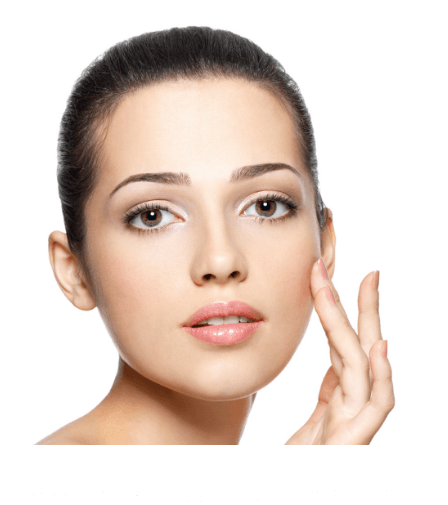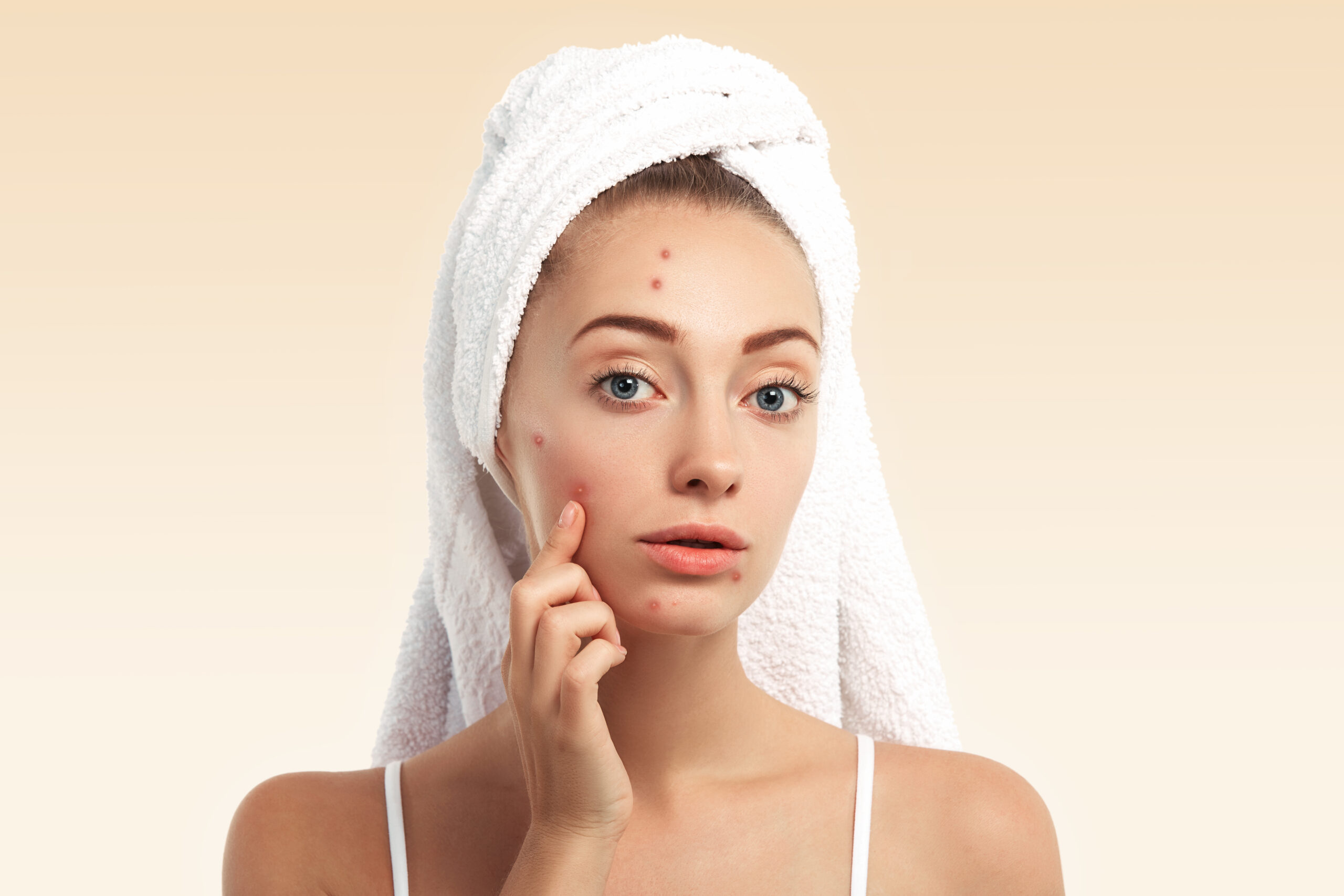Acne scars are a common skin concern that can affect self-esteem and overall appearance. While acne may fade with time, the scars it leaves behind can feel like a long-lasting reminder of past breakouts. The good news is that with modern dermatology, acne scars are treatable. In this comprehensive guide, we’ll explore the causes, types, and most effective treatments for acne scars, so you can take the first step toward smoother, clearer skin.
What Causes Acne Scars?
Acne scars develop as a result of severe acne that penetrates the skin deeply, damaging the tissue beneath. When the skin tries to heal itself, it may not always do so evenly, resulting in scarring. Several factors contribute to the formation of acne scars:
- Inflammation
Inflammatory acne, like cysts and nodules, can cause significant damage to the skin. The more inflamed the acne, the greater the risk of scarring. - Delayed Treatment
Not treating acne early or effectively can lead to more severe outbreaks and a higher chance of scarring. - Picking or Popping Pimples
Manually squeezing or picking at pimples increases the likelihood of damaging the skin, leading to scars. - Genetic Factors
Some people are more prone to developing scars due to genetic predisposition.
Types of Acne Scars
Understanding the type of acne scars you have is crucial in determining the best treatment. Acne scars are generally categorized as follows:
1. Atrophic Scars
Atrophic scars occur when the skin doesn’t produce enough collagen during the healing process. These scars appear indented or sunken.
- Ice Pick Scars: Small, deep holes that resemble tiny punctures in the skin.
- Boxcar Scars: Broad, shallow depressions with well-defined edges.
- Rolling Scars: Wavy, uneven depressions caused by bands of scar tissue pulling on the skin.
2. Hypertrophic Scars
These scars are raised and occur due to excessive collagen production during healing. They are more common on the chest, back, and shoulders.
3. Post-Inflammatory Hyperpigmentation (PIH)
Though not a true scar, PIH refers to dark or red spots left behind after acne heals. These spots are more common in people with darker skin tones.
The Emotional Impact of Acne Scars
Acne scars can go beyond physical appearance, affecting mental health and confidence. Studies show that individuals with visible scars may experience social anxiety, low self-esteem, and even depression. Seeking treatment not only improves skin texture but also boosts overall well-being.
Effective Treatments for Acne Scars
Thanks to advancements in skincare, there are now numerous options to reduce the appearance of acne scars. Here’s a closer look at some of the most effective treatments:
1. Chemical Peels
Chemical peels use exfoliating acids like glycolic acid, salicylic acid, or TCA to remove the damaged outer layer of skin, promoting cell renewal.
- Best For: Superficial scars, hyperpigmentation, and uneven texture.
- Downtime: Mild redness and peeling for a few days.
2. Microneedling with PRP
Microneedling involves creating tiny punctures in the skin to stimulate collagen production. Combining it with PRP (platelet-rich plasma) enhances healing and rejuvenation.
- Best For: Ice pick scars, rolling scars, and overall texture improvement.
- Downtime: Minimal redness for 1–2 days.
3. Laser Resurfacing
This treatment uses targeted light energy to remove damaged skin layers and stimulate the growth of new, healthy skin. Popular options include CO2 and fractional lasers.
- Best For: Deep scars and uneven texture.
- Downtime: 5–7 days for recovery.
4. Dermal Fillers
Fillers are injected into depressed scars to lift and smooth the skin temporarily.
- Best For: Rolling scars and boxcar scars.
- Downtime: Minimal to none, with results lasting up to a year.
5. Subcision
This minor surgical procedure breaks up the fibrous bands pulling the skin downward, improving the appearance of rolling scars.
- Best For: Deep rolling scars.
- Downtime: 3–5 days of mild swelling or bruising.
6. Topical Treatments
Retinoids, vitamin C serums, and alpha-hydroxy acids (AHAs) are effective for mild scarring and post-inflammatory hyperpigmentation.
- Best For: Maintenance and mild scars.
- Downtime: None, but consistent use is key.
Choosing the Right Treatment for You
The right treatment depends on several factors:
- Scar Type: Different treatments work best for specific types of scars.
- Skin Type: Some treatments may not be suitable for sensitive or darker skin tones.
- Budget: Treatments like laser resurfacing and fillers may be more expensive but often deliver faster results.
- Professional Guidance: Always consult a dermatologist to create a personalized treatment plan.
Preventing Acne Scars
Prevention is better than cure. Follow these tips to reduce your chances of developing scars:
- Treat Acne Early: Don’t wait for acne to worsen before seeking help.
- Avoid Picking Pimples: Let pimples heal naturally to minimize scarring.
- Use Sunscreen: UV exposure can worsen scars and hyperpigmentation.
- Stay Consistent with Skincare: Incorporate gentle exfoliation and hydration into your routine.
Conclusion
Acne scars no longer have to be a permanent concern. Whether you’re dealing with deep ice pick scars, rolling scars, or post-inflammatory hyperpigmentation, there’s an effective treatment to suit your needs. With advancements in dermatology, smoother, clearer skin is within reach.
Take the first step today by booking a consultation with a dermatologist and explore the best options for your skin!

